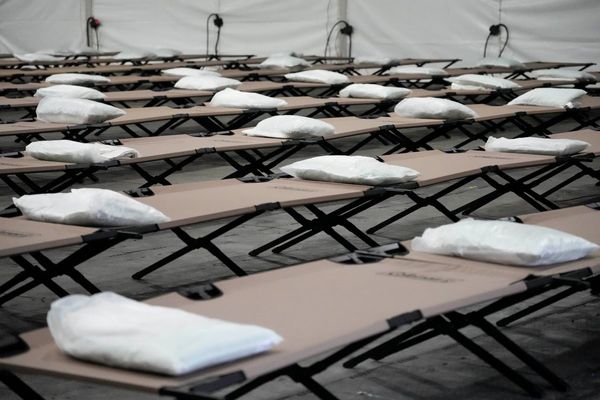If you’ve ever wondered what it’s like inside a Yamaha motorcycle factory, then today is your lucky day. This video gives a short glimpse into small pieces of all the many moving parts that go into a day at a key Yamaha factory in France. There’s no dialogue; instead, you get a sort of ambient glimpse at multiple two-wheeled products that Team Blue makes in its Saint-Quentin manufacturing location.
As of the end of 2021, the Saint-Quentin, France Yamaha factory boasts 560 employees. In total, they made 50,106 motorbikes, 29,760 scooters, and 2,062 ATV and SSVs in 2021, for sale in Europe. Current vehicles that this factory is responsible for include all displacements of XMAX, the MT-125, R125, XSR700, Ténéré 700, and Tracer 7.
Although this video doesn’t cover it, the factory itself has an interesting history. Remember Motobécane? Well, OK, maybe a lot of us weren’t around when the brand still existed—but if you’ve spent much time looking around at vintage motorbike meets, you may have seen some of its vehicles, such as the extremely popular Mobylette moped.
What you may or may not know is that Yamaha stepped in to rescue MBK Industrie (the eventual name the company had adapted) in the 1980s. This led to the company becoming a wholly-owned Yamaha subsidiary—and eventually, a Yamaha European factory. It started making small-displacement scooters under both brands, with the Yamaha BW’s and the MBK Booster both produced at the same time. Fast-forward to 2022, and the factory currently manufactures scooters and bikes up to 700cc.
The video depicts a little bit of this and a little bit of that from multiple vehicle assembly lines. While there are some robots involved, they’re mainly doing things like transporting pieces between stations. Skilled human workers are still training all their attention on things like engine assembly, painting, parts inspection, and most other processes.
Interestingly, the MBK factory is able to manufacture most of its own parts, thanks to significant investments in its development and modernization by Yamaha in 2012. It’s even able to use advanced cataphoresis techniques to minimize paint consumption while painting some items. While that obviously has benefits for the company, it also seems like a positive thing in terms of reducing industrial waste in the face of climate change.







